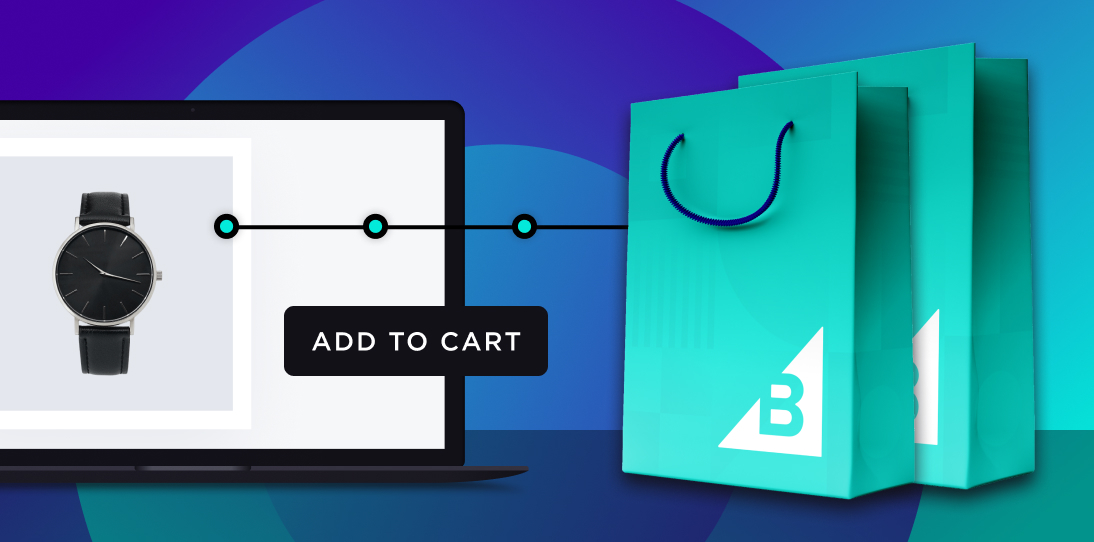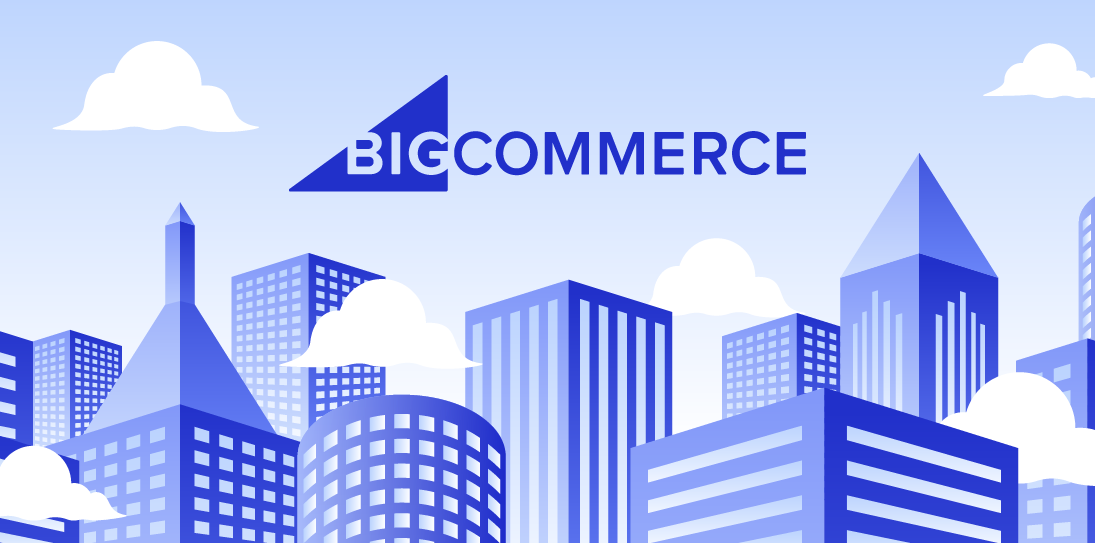- Enterprise
- Essentials
The Future of Ecommerce Boasts Opportunities for Growth and Change

There’s only one sure thing with predictions: they’re reliably unreliable.
Trying to fully predict the future is a near impossible feat, although many have tried. The only constant for retail sales is change.
For the ecommerce market, that means double. The pace of innovation in the space has pushed the industry into new and exciting spaces as trends that would have taken years to run through in the brick-and-mortar days now take months.
Online shopping is growing rapidly, with 23% of all sales expected to happen online in 2025. This growth encourages innovation.
Here, we’ll discuss what will impact the future of ecommerce.
Developing ecommerce trends to follow
AI’s influence continues to grow.
From copywriting to chatbots to personalization, artificial intelligence and machine learning will continue to be further integrated into the ecommerce customer experience.
ChatGPT will make it easier to develop sales copy, browser integrations (like with Bing) will make AI ubiquitous, and products such as Google Bard will help enhance customer service.
We’re still in the early stages, but AI could radically transform how ecommerce experiences are presented.
Omnichannel ecommerce will be critical to success.
Look at your phone and think about all of the apps you interact with on a regular basis. How many do you use in a typical day? How many notifications do you get?
This is the future of omnichannel marketing and ecommerce. It’s not enough to have a few ways of reaching customers; you need to have multiple consistent channels that deliver direct messaging.
Scalability and flexibility will keep businesses on top.
Being able to scale up is vital for growth companies — but having the ability to scale down when needed is also important for reducing costs. An efficient company will be able to quickly react to sudden traffic increases, while also reducing resources during slower times.
Mobile continues to grow.
Over 55% of internet traffic comes from mobile devices — and mobile shopping is only going to increase. The rise of 5G will enhance digital experiences and mobile commerce, enabling ecommerce platforms to deliver more engaging content.
M-commerce is on its way to being the primary focus of online businesses and even physical stores.
Customer experience is paramount.
The customer experience is a large part of your brand and your brand drives sales. Advances in technology enable ecommerce companies to come closer to deliver the in-person experience through the internet. Those that do it best stand to increase revenue and develop customer loyalty.
Automation frees up resources for the important tasks.
Automation is an increasingly normal part of everyday business for online stores. It enables companies to do more for less and free staff to make impactful innovations instead of common “run the business” tasks.
Voice commerce is here to stay.
“Siri, reorder diapers” is going to be an increasingly common way of making a purchase. Much like having content that is search engine optimization (SEO) friendly, voice search should also be considered in product descriptions and in your content marketing strategy.
Headless technology drives innovation.
Headless ecommerce means maximum flexibility and the best method for trying new methods of digital selling. Having the backend and frontend decoupled from each other reduces risk and gives developers the best environment to experiment and innovate.
Replatforming Guide: A Roadmap for Migrating Your Ecommerce Store
Make your ecommerce replatforming project a success with our step-by-step guide filled with best practices from enterprise migration experts.
Download NowThe future of enterprise ecommerce websites
Personalization.
Personalized experiences or localized content specific to the interests of the customer will be commonplace in the future. Instead of offering a single unified experience, ecommerce platforms will offer millions of unique experiences based on past customer behavior, demographics or location, increasing initial sales and retention.
Multichannel integration.
Single channel sales just isn’t enough anymore. Modern ecommerce means selling through social media platforms (Instagram, TikTok), Amazon, eBay and other third parties.
Having social commerce and other channels controlled by a single source ensures consistency and control, even though as the number of sales channels expands.
Complex product filtering and sorting.
Ecommerce sites can be cumbersome to navigate, especially as the product offerings increase, making optimization difficult.
Offering product filtering and sorting that enables the user to further refine searches eases some of this and gets customers connected with products quicker and increases online sales.
Chatbots.
A well-integrated chatbot eases the burden on your customer service, enables customers to self-service and resolve many issues on their own and even serve as somewhat of a 24/7 support function.
They make it easier to find customer service-related information and have the potential to increase customer satisfaction.
Cutting edge site search.
Search functions are constantly evolving, with AI potentially changing how customers search for items forever.
Having a robust on-site search connects customers to products quicker. That means less time looking and more time checking out.
The future of outstanding product pages
Product videos.
Bandwidth increases (think 5G) make it less cumbersome for users to engage with video content. Having videos that not only show the product, but also show it in use closes the divide between the in-person and digital experience.
In-depth product information.
A high-level description of a product and its benefits doesn’t work anymore. With the amount of competition in ecommerce, sellers need to provide every piece of information available to set their product apart. This could be everything from dimensions to niche features.
Advanced product catalog management.
Automation will keep product pages up to date, with direct integrations with logistics systems showing product availability in real time. Products commonly purchased together will be recommended and omnichannel selling is simplified.
AR showroom.
Augmented reality and virtual reality brings a (literal) new dimension to ecommerce, enabling customers to experience products in entirely new ways. Want to see how a piece of furniture fits in your home? AR and VR can do that, reducing confusion and barriers to purchase.
The growth of purchase processes
Multiple payment options.
The modern purchase process starts with not limiting how a customer can buy something. Third-party microservices offer best-in-class experiences during checkout and make it easy to accept alternative payment methods like cryptocurrency or mobile wallets (Apple Pay, Google Pay).
The COVID-19 pandemic also made Buy Online, Pick Up In Store” a popular option. BOPIS is a melding of the online and in-person experience.
Easy order tracking.
Order tracking provides an added layer of transparency in ecommerce sales and instills customer confidence. It sets expectations for when a product will arrive and improves customer satisfaction.
The final word
Ecommerce moves fast — and it’s on business owners to keep up with the industry.
Where ecommerce will be in five or 10 years isn’t certain, but the trends discussed here at least provide a basic roadmap. Regardless, you’ll need to keep up with the pace of new technologies and consumer behavior to remain at the forefront of online retailers.
FAQs about the future of ecommerce
Is ecommerce more important than brick-and-mortar stores?
This is very much dependent on the goals of the business. If you want a global reach with low overhead costs, ecommerce is the superior path. If you want a personalized approach with physical interaction, then brick-and-mortar and offline is better.
How can ecommerce businesses prepare for the increasing importance of sustainability?
The ecommerce industry’s biggest environmental impact typically comes from packaging, manufacturing, supply chains and end of life management. Using sustainable and biodegradable packaging, ethically sourcing materials, electrifying supply chains and building products that are easily recycled can go a long way.
What are the biggest challenges for ecommerce in the future?
While this is a difficult question to answer completely, some factors figure to play significant roles in the coming years. Increased competition, stricter regulatory environments, security and sustainability will shape the industry in the years to come.



